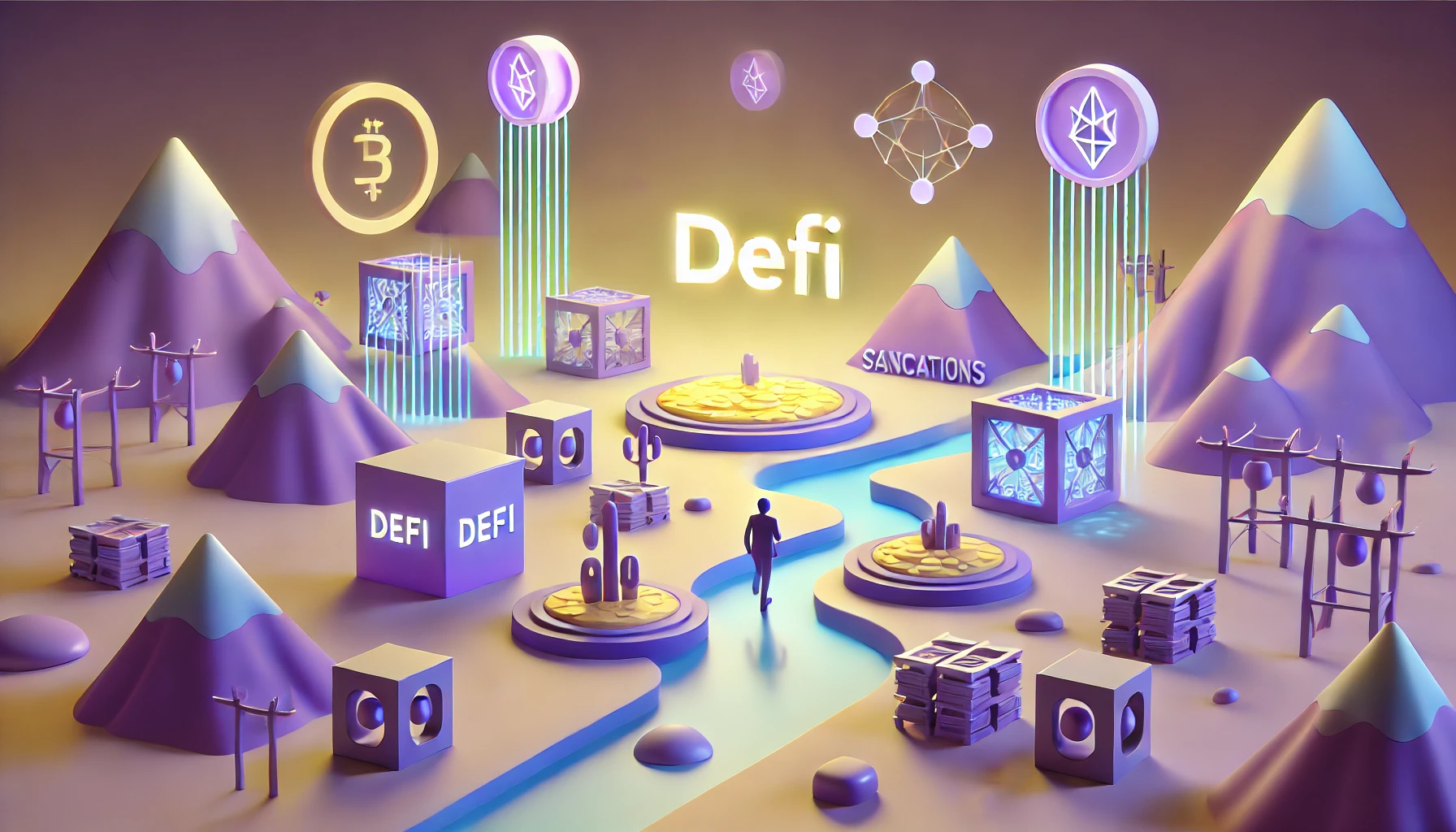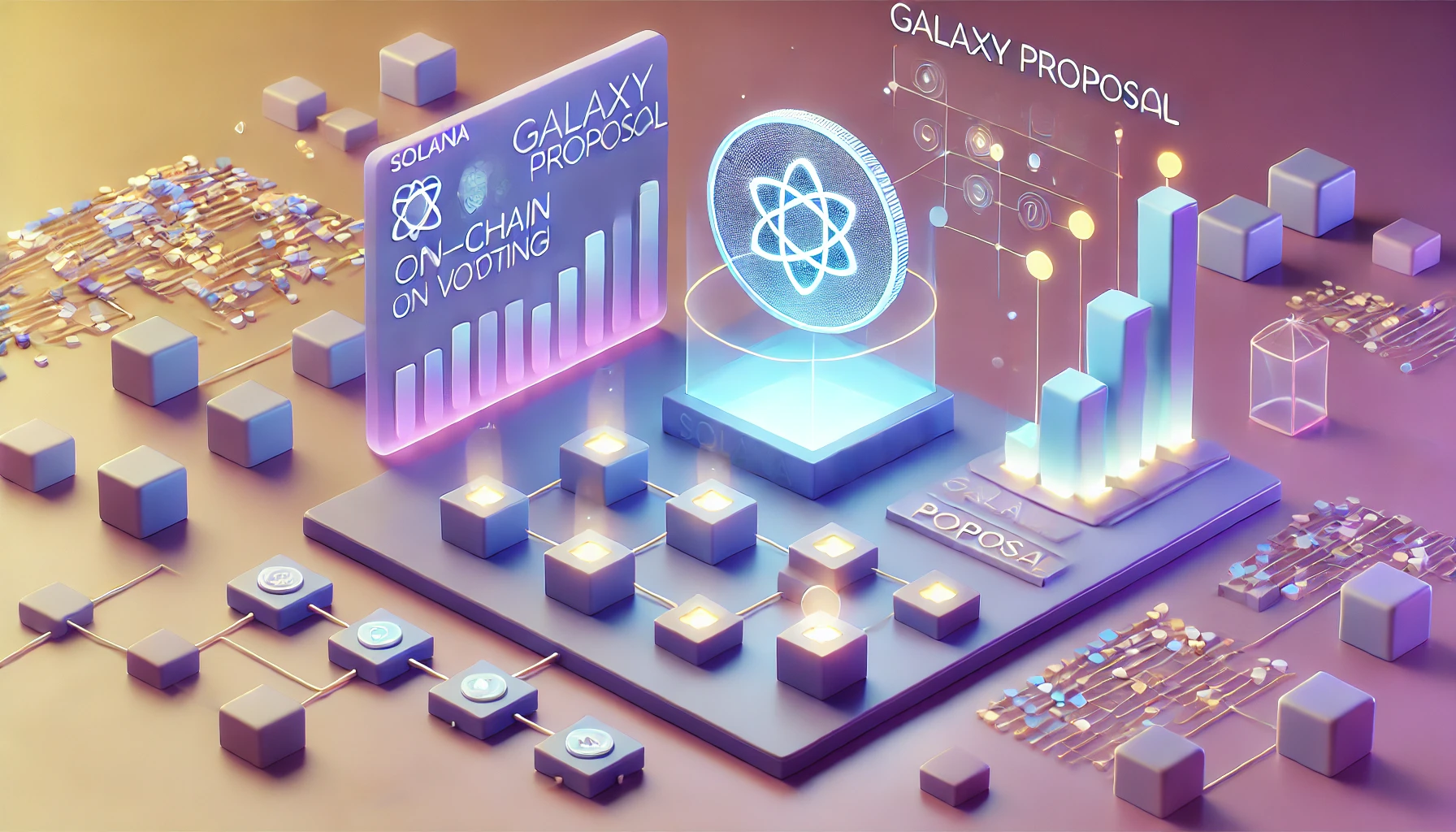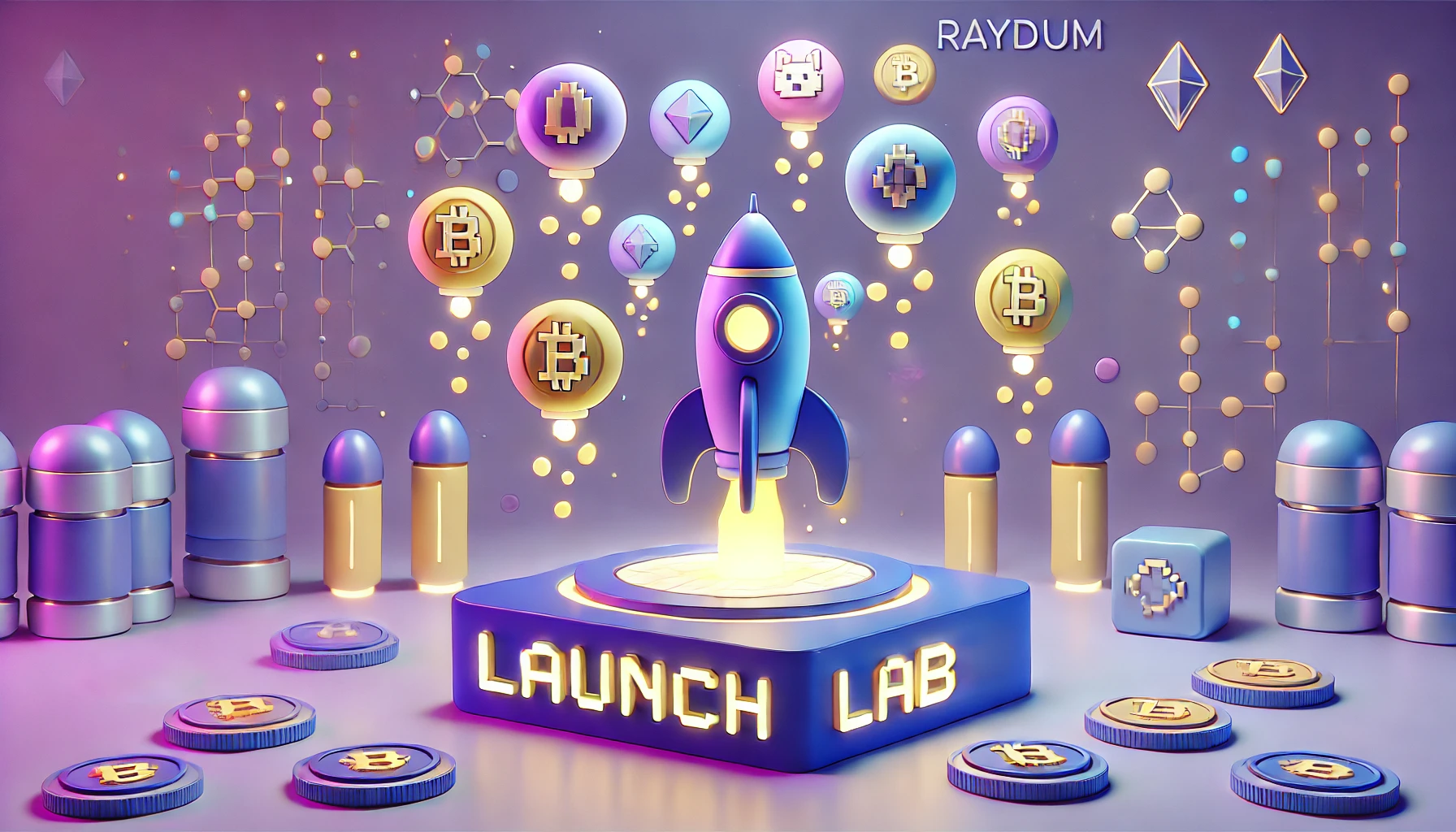The concept of the metaverse has been booming in recent years, thanks in particular to the evolution of digital technologies. A metaverse is a shared virtual space. It is created through the convergence of physical and virtual reality.
In this article, we’ll explore the metaverse from three key dates. First, Pokémon Go, then the Meta Group, and finally the partnership between Siemens and Nvidia.
The metaverse as seen through Pokémon Go
In 2016, the release of Pokémon Go marked a turning point in the video game industry. Indeed, it was one of the first major augmented reality games to combine digital and real spaces. This concept of mixing virtual and physical spaces is at the heart of Metavers. By creating a platform for players to catch Pokémon, Pokémon Go opened the door to the Metaverse. It also gave people a taste of what the concept could entail.
In 2016, the release of Pokémon Go marked a turning point in the video game industry. Indeed, it was one of the first major augmented reality games to combine digital and real spaces. This concept of mixing virtual and physical spaces is at the heart of Metavers. By creating a platform for players to catch Pokémon, Pokémon Go opened the door to the Metaverse. It also gave people a taste of what the concept could entail.
Despite its limitations, Pokémon Go was an important first step in the development of the metaverse. It showed that the technology and infrastructure required to support virtual experiences were possible. Pokémon Go proved that players were interested in exploring this type of virtual world. With the continued growth of the gaming and technology industries, it’s only a matter of time before the metaverse becomes a reality.
The Meta(vers) group
In 2021, the Meta Group, formerly known as Facebook, announced its name change. It emphasized that it was dedicated to creating a metaverse experience for its users. This initiative was seen as an important shift in the company’s strategy. It reflects the company’s move beyond its current social networking offering into a new realm where virtual interactions are commonplace.
Facebook’s repositioning on Meta has been a success in many respects. It has enabled the company to disassociate itself from the negative connotations associated with its former name. The group is positioning itself as a leader in the development of metavers. The new name also indicates the company’s intention to go beyond its traditional business model. It intends to explore new sources of revenue in the virtual products and experiences sector.
As a major player in the technology industry, Meta’s vision of the Metaverse is essential. The company has a wealth of resources and expertise. It is in a position to develop a platform that would transform the way people interact with each other and with digital content.
One of the options being explored by Meta as part of the development of its Metaverse platform is the use of non-fungible tokens. NFTs are digital assets that have the potential to revolutionize the way virtual goods are bought and sold. By integrating NFTs into its platform, Meta could create a thriving market with the potential to generate significant revenues.
Siemens and Nvidia: towards an industrial metaverse
In 2022, Siemens and Nvidia announced a partnership project to create an industrial metaverse. This is an important development in the field of virtual reality and its application in industrial environments. The aim of this partnership is to create a virtual environment for simulating and optimizing industrial processes. This will enable companies to improve efficiency and reduce costs.
Siemens is a multinational conglomerate specializing in engineering and technology, while Nvidia is a leading supplier of computer hardware. Together, they bring a wealth of expertise and resources to the development of the Industrial Metaverse.
The Industrial Metaverse represents a significant evolution of the Metaverse concept. It moves beyond entertainment and social interaction into the realms of industry and business. By creating a virtual environment that mimics the real world, companies can test and refine their processes in a safe, controlled environment before implementing them in the real world.
The potential applications of industrial metavers are vast. It could be used to optimize everything from manufacturing processes to supply chain management. By being able to simulate and test these processes in a virtual environment, companies can identify and resolve potential problems before they occur in the real world, saving time and money.
Of course, it’s too early to say whether the Metaverse will become the dominant paradigm for industrial processes. But we can already say that the partnership between Siemens and Nvidia is an important step in that direction. As the technology progresses and the benefits of the Metaverse become clearer, it is likely that more companies will begin to explore its potential applications in their sectors.
What about the future?
The discussion of the Metaverse and its potential applications, as highlighted earlier, represents a rapid technological evolution. From its beginnings as a mobile game in 2016 to its current iteration as a potential industrial optimization tool, the Metaverse has come a long way in a relatively short space of time. If the concept of a world that mimics the real world is interesting, its applications are even more so. Whether it’s creating thriving virtual markets or optimizing processes, it represents a step towards a more technological future. As technology advances and the benefits of the metaverse become more apparent, we’re likely to see further explorations and developments of this exciting new concept.














